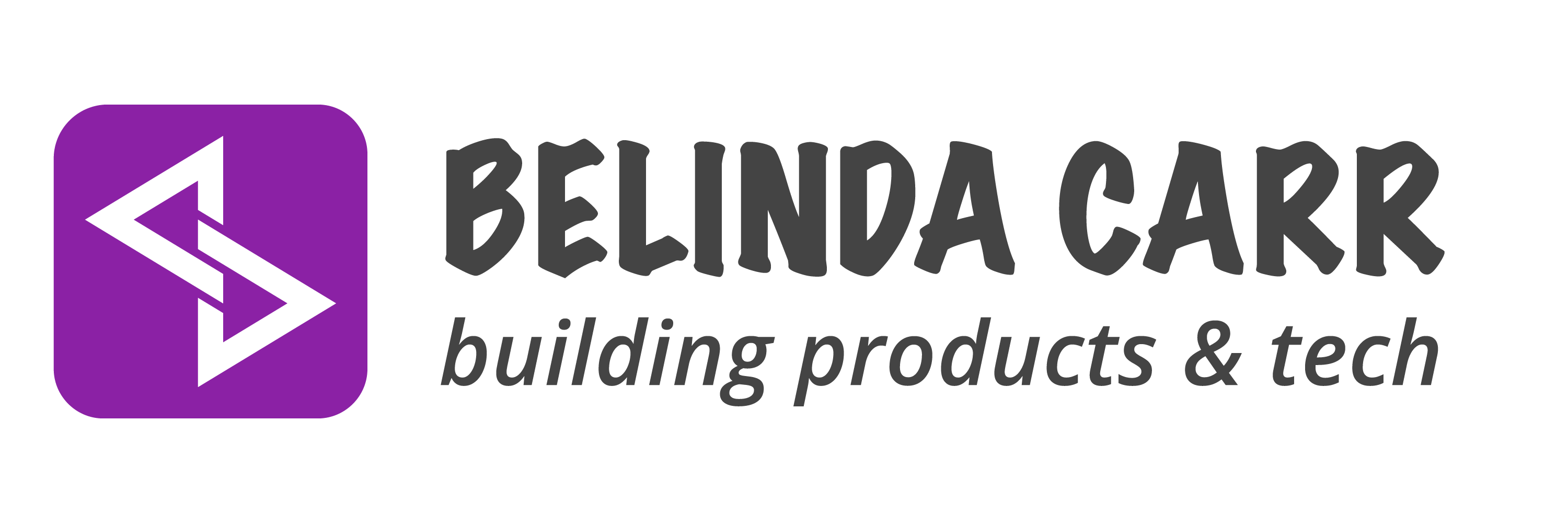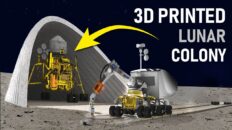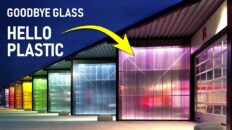Plastics have transformed everyday life and are one of the biggest chemical success stories of the 20th century. But their versatility has consequences. Annual production of plastics has now crossed over 300 million tonnes of which. In under a century, we have created a destructive economy of single use plastics that is choking the planet.
Introduction
A promising solution to combat plastic pollution lies in mycelium, or mushroom packaging, which consists of two main ingredients: mushrooms and hemp. Mycelium, the root of mushrooms, comprises durable, thread-like filaments called hyphae that act as a natural binder, holding the product together. Combined with agricultural waste like wood chips, oat hulls, cotton burrs, or hemp hurds, it creates a sustainable and biodegradable alternative.
Ecovative Design
Ecovative Design, a leading biotech company founded in 2006 and based in New York, is one of the largest mushroom packaging manufacturers globally. Their manufacturing process involves creating a 3D CAD model of custom packaging, routing it into MDF using a CNC machine, and then thermoforming plastic trays (made of PETG or Polyethylene terephthalate glycol) around the MDF pieces. The trays are filled with their proprietary blend of hemp hurd and mycelium, left to grow in controlled environments, and then heat-treated to stop the growth process.
Uses or mycelium
Notably, mushroom packaging has gained traction in various industries, with companies like IKEA, Dell, and Seedlip committing to its use. It boasts impressive properties, lasting up to 30 years in dry, temperature-controlled indoor environments, and fully composting within 45 to 180 days, depending on the environment.
Beyond packaging, mycelium shows promise in other applications, such as insulation panels, clothing foam, skin care products, and even plant-based meat. It offers a sustainable and visually attractive option for World Expos and Olympic pavilions, which are often massive undertakings with significant environmental impacts.
Disadvantages of Mycelium
While mycelium-based products are non-toxic, free of VOCs, and have a low environmental footprint, they do have some limitations. The compressive strength of mycelium is relatively low, preventing its use as a structural material. Additionally, its short lifespan of 20 to 30 years may pose challenges for long-term applications. Furthermore, the low cost of plastic production and existing competition from molded pulp packaging are potential deterrents to broader adoption.
Conclusion
Despite some overhyped claims regarding mycelium’s potential in construction, it remains a promising solution for sustainable packaging and insulation. The plastic industry’s reluctance to establish a comprehensive recycling network may encourage further exploration and adoption of mycelium-based products. However, it is essential to be realistic and acknowledge the current limitations and challenges associated with this technology. While it may not entirely replace plastic in all areas, its eco-friendly and biodegradable properties make it a crucial step towards reducing our plastic footprint and embracing a more sustainable future.”
Sources
https://www.youtube.com/watch?v=umM21vFIc7Y Tubes Valves
https://www.youtube.com/watch?v=I_fUpP-hq3A VDI
https://www.youtube.com/watch?v=R__xk0-z7lg adidas
https://www.youtube.com/watch?v=i7FCkK44UcY Ecovative
https://www.nytimes.com/2014/06/25/t-magazine/moma-young-architects-program.html New York Times





